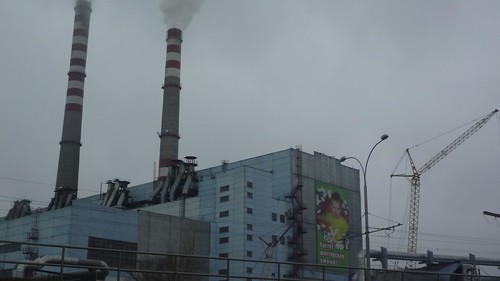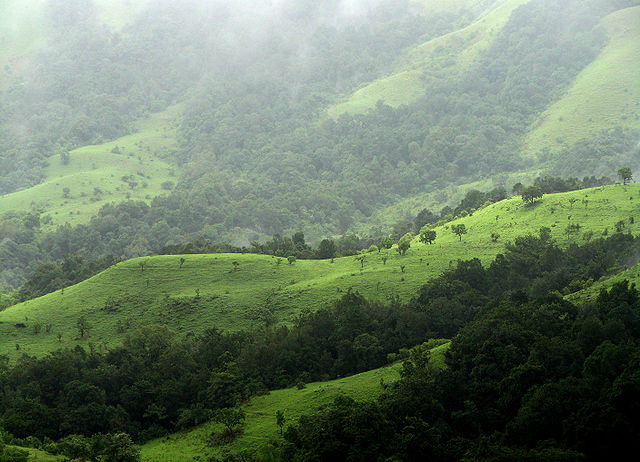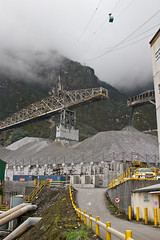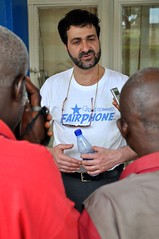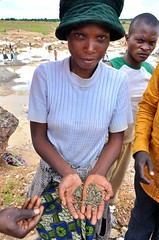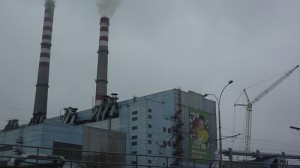Many of you out there are hoping I’ll write more about Tomsk, and in time, I surely will. But one aspect of this trip that certainly overwhelms and makes it impossible to write much is the fact that I am nonstop on my way somewhere. A factor that I’m extremely thankful to great friends for keeping it that way. I suppose I’ll have plenty of time for writing and navel gazing once I get on the Trans-Siberian in the coming week.
I left Tomsk reluctantly as the more days I was there, the more interesting things kept happening. Yet it is good to stick with the plan and not overstay one’s welcome, so I hit the road via relatively modern bus en route to Kemerovo (pop. 485,000). Amazingly Kemerovo was no where on my list of places to go on this trip, but thanks to the magic of the internets, I received a warm invite from a Kemerovienne who heard I was in the region, had lived in the United States for a time, and suggested I come see this bustling city. And so like any good traveling journalist and curious mind, I said yes.
Kemerovo isn’t only an industrial town, but you wouldn’t know it as the bus crosses the bridge over the river Tom and directly in front of you three huge smokestacks from the coal powerplant pump out some dark smoke. Looking further up the river the power plant has plenty of friends, with different kinds of factories and smokestacks dotting the landscape as far as the eye can say. The industrial photographer in me says “this is heaven”, if heaven were a cold, grey, collection of old industrial buildings.
Coincidentally, with all the news over the past few weeks about the mining disaster in the US, Kemerovo is a coal mining city. When I heard this I asked if we could visit any type of mining shrine or museum, and to my great pleasure my wonderful hostess said “Of course!” – and off we went.
It is an odd reality in an era of so much talk about the need for energy alternatives and green technology, and all the possibilities that exist, coming to Kemerovo is a reminder that while green is good and green is needed, coal is still king for a huge part of the world. As the bus pulls past the coal plant, my eyes are fixed on the sagging tunnels and the never ending system of pipes. A giant poster on the side of the building features an image of a smiling toddler, although its in Russian, I know what the poster says – “making a clean world for your healthy children!”
